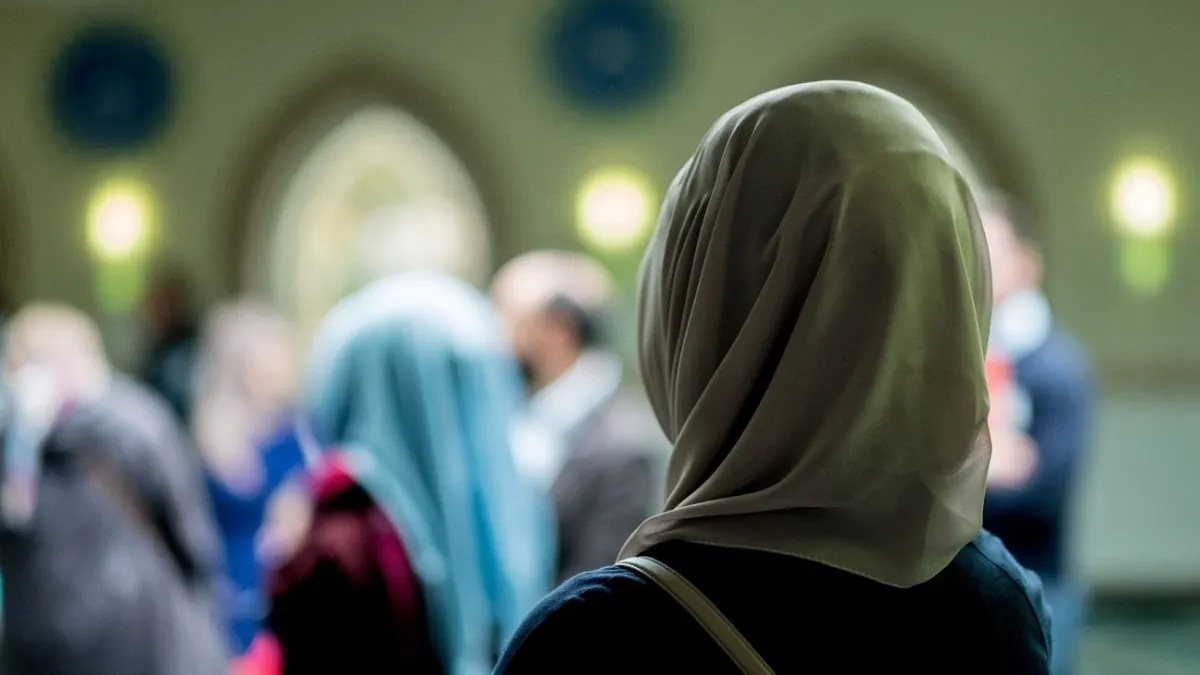In Egypt, where the hijab, a headscarf worn by muslim women, is woven into religious, cultural, and social identity, a growing divide is emerging at the intersection of religion, fashion, and class, where the hijab may unite, but class sharply divides.
Non-veiled and turban-wearing women frequently gain access to restaurants, venues, hotel pools, and clubs, while others wearing traditionally conservative or full-body coverings are perceived as less fashionable, backwards, or lower-status, and get turned away.
“When I wear my turban, the guards at the beach politely let me in, but when I wear my headscarf traditionally, they ask me if I can change my hijab into a turban, to adhere to the management’s policy,” Radwa Mahmoud, 24, human resources recruiter, told Egyptian Streets.
“How can the same hijab, wrapped differently, be treated so differently?” she wondered, pointing to the double standards that shape everyday interactions for veiled women.
Hijab as identity and status
Historically, the hijab in Egypt has served multiple symbolic functions. It has been an emblem of resistance, identity, protection, or even modern fashion.
According to Walter Armbrust, a lecturer in Oriental Studies at the University of Oxford, the hijab also functions as a marker of social identity, distinguishing and positioning people within the social hierarchy much like accents, fashion, or manners signal background and status.
The veil has also been tied to class differentiation. In 550 BC, during the Persian Empire, which included Egypt, the veil was reserved for noble women as a class symbol, while enslaved women were barred from wearing it, according to a 1935 study on Assyrian laws.
During the early 1900s, people of the upper class in urban areas of Egypt wore the veil regardless of religion, according to a 1999 study by Fadwa El Guindi, an anthropologist at the University of California, representing an early example of how the veil has carried double standards tied to class and status.
“My grandmother wore the hijab during the 1920s because it was seen as modest and elegant. I wear it because it’s part of my faith. But, now people judge me by the wrapping style, color, and fabric of my headscarf,” Manar Mohamed, 35, a teacher at an international school in Cairo, said.
She recalled receiving side glances and uneasy looks from parents at her school, where most teachers do not wear the hijab.
In Egypt today, the style of hijab often determines how women are treated. Those wearing fashionable turbans and ‘Spanish hijabs’ are linked to modernity and affluence, while those wearing traditional headscarves are met with different treatment.
“I work at a bank, and customers often treat me nicely, and switch between Arabic and English during conversation, when I am wearing a simple turban,” Hanan Naaem, 29, told Egyptian Streets.
“When I wear a colorful traditional headscarf, they treat me in a way that subtly feels condescending.” She noted that wearing a turban makes people assume she is educated and speaks English, while a traditional headscarf gives off a very different impression.
Double Standards in Practice
In 2022, BBC News Arabic documented women with headscarves being refused entry to high-end restaurants and luxury real estate opportunities, often under pretexts that cloak class prejudice as policy. Egyptian women’s rights activist and lawyer, Nada Nashat, stated that, “the main cause is classism.”
In North Coast resorts and gated compounds, swimming in a burkini or full-body modest suit has been met with bans and dismissive rules such as “hygienic purposes”, “foreigner comfort,” and “bee’a,” Arabic Egyptian slang for vulgar, used as excuses to maintain a certain image of exclusivity, where modesty is tolerated only when it looks a certain way.
“I own a unit in a North Coast resort. I pay as much as everyone else, but when I show up in my burkini to swim with my family or friends, they ask me to leave the pool and go to another one where burkinis are accepted,” Mennatallah Ismail, 32, civil engineer, told Egyptian Streets.
“Classism is becoming… obvious… in high-end places, where people view veiled women as belonging to a lower class,” an influencer told The National.
Public outrage, spurred by social media and activist campaigns like “Respect My Veil” in 2015, has been ongoing since 2009. On 4 August 2017, the Ministry of Tourism and the Egyptian Hotel Association issued directives forbidding hotels from banning burkini-wearing women, provided the swimsuit is made of swim-appropriate material.
On 10 August 2017, the ministry left it to hotels and resorts to determine whether women in burkinis could access their pools and beaches.
The meaning of hijab is being rewritten quietly and daily, at the gates of resorts, in the lobbies of banks, and under the gaze of strangers.
Beneath the surface of a shared religious expression lies an internal hierarchy among veiled women where hijab, far from a uniform symbol, has been tied to socioeconomic status, and in this divide, modesty becomes a litmus test of prestige.
“People think the way I wrap my hijab tells them everything about me,” Naaem said. “But it’s a piece of cloth that represents a part of my faith. It doesn’t explain who I am.”







Comments (0)